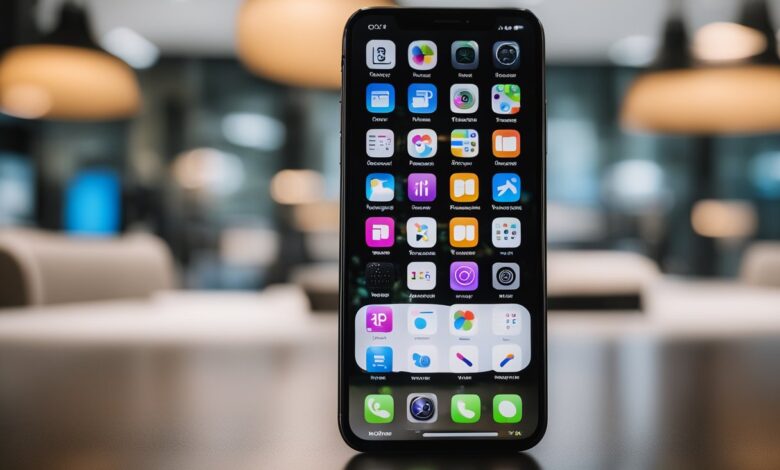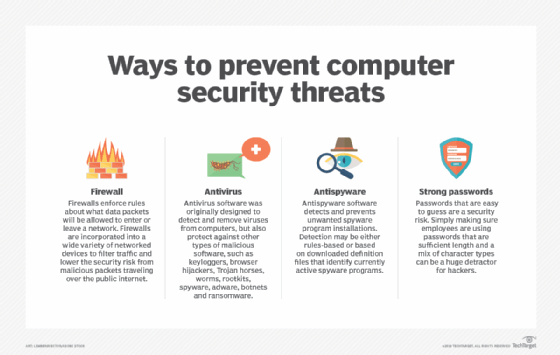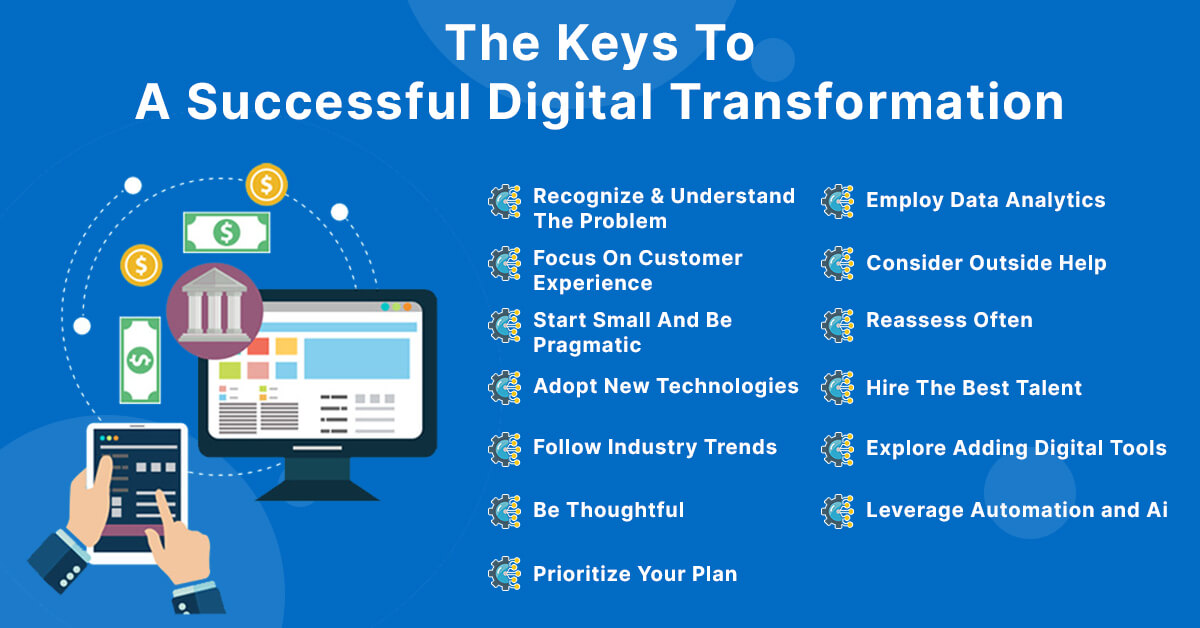What iPhones will get iOS 17? List of Compatible Devices

iOS 17 is the latest version of Apple’s operating system for iPhones, and it comes with a host of new features and improvements. However, not all iPhones are compatible with iOS 17, and users may be wondering whether their device will receive the update. In this article, we will answer the question “What iPhones will get iOS 17?” and provide a comprehensive guide to the compatible devices.
The good news is that iOS 17 is available for a wide range of iPhone models. According to Apple’s website, the following iPhones are compatible with iOS 17: iPhone 14, iPhone 14 Plus, iPhone 14 Pro, iPhone 14 Pro Max, iPhone 13, iPhone 13 Mini, iPhone 13 Pro, iPhone 13 Pro Max, iPhone 12, iPhone 12 Mini, iPhone 12 Pro, iPhone 12 Pro Max, iPhone SE (2nd generation), iPhone 11, iPhone 11 Pro, iPhone 11 Pro Max, iPhone XS, iPhone XS Max, iPhone XR, iPhone X, iPhone 8, and iPhone 8 Plus.
It’s worth noting that some older iPhone models are not compatible with iOS 17. For example, the iPhone 7 and 7 Plus, as well as earlier models, will not receive the update. However, even if your iPhone is not compatible with iOS 17, you can still use it with the current version of iOS and receive security updates.
Contents
- 1 Eligibility Criteria for iOS 17
- 2 List of Compatible iPhones
- 3 Notable Features and Enhancements
- 4 Performance Requirements
- 5 Software Update Process
- 6 Support and Maintenance
- 7 Impact on Older iPhone Models
- 8 Security Updates and Privacy
- 9 Developer Tools and Resources
- 10 Frequently Asked Questions
- 10.1 Which iPhone models are eligible for the iOS 17 update?
- 10.2 Is the iPhone X included in the iOS 17 update rollout?
- 10.3 Will the iPhone XR support the upcoming iOS 17?
- 10.4 Can the iPhone 8 handle the new features of iOS 17?
- 10.5 Are there any iPhone models that will not support iOS 17?
- 10.6 What is the earliest iPhone model compatible with iOS 17?
- 11 Conclusion
Eligibility Criteria for iOS 17

iOS 17 is the latest operating system from Apple, and it comes with a lot of exciting new features. However, not all iPhones are eligible for the update. In this section, we will discuss the eligibility criteria for iOS 17.
iPhone Models Compatible with iOS 17
According to Apple Support, the following iPhone models are compatible with iOS 17:
- iPhone XR
- iPhone XS
- iPhone XS Max
- iPhone 11
- iPhone 11 Pro
- iPhone 11 Pro Max
- iPhone 12
- iPhone 12 mini
- iPhone 13
- iPhone 12
- iPhone 13 mini
- iPhone 15
- iPhone 15 mini
This means that if you have any of the above iPhone models, you can download and install iOS 17 on your device.
Features Available on Different iPhone Models
It’s important to note that not all features of iOS 17 are available on all iPhone models. For example, inline predictions are only available on the following devices:
- iPhone 12, 12 mini, 12 Pro, 12 Pro Max
- iPhone 13, 13 mini, 13 Pro, 13 Pro Max
- iPhone 14, 14 Plus, 14 Pro, 14 Pro Max
Other features, such as the ability to use Face ID with a mask, are available on all eligible iPhone models.
iPhone Models Ineligible for iOS 17
If you have an iPhone model that is not listed above, you will not be able to download and install iOS 17. According to Macworld, the iPhone 8 and iPhone X will not run iOS 17, and neither will any iPhones from before those models launched in 2017.
In conclusion, if you have an eligible iPhone model, you can download and install iOS 17 to enjoy all the new features it has to offer. However, if you have an older iPhone model, you will not be able to upgrade to iOS 17.
List of Compatible iPhones
iOS 17 is the latest operating system from Apple, and it brings a range of new features and improvements to iPhones. However, not all iPhones are compatible with iOS 17. Here is a list of compatible iPhones that can run iOS 17:
- iPhone 12 mini
- iPhone 12
- iPhone 12 Pro
- iPhone 12 Pro Max
- iPhone 11
- iPhone 11 Pro
- iPhone 11 Pro Max
- iPhone XS
- iPhone XS Max
- iPhone XR
- iPhone X
- iPhone 8
- iPhone 8 Plus
It is worth noting that older iPhones, such as the iPhone 7 and earlier, are not compatible with iOS 17. Additionally, some iPhones that are compatible with iOS 17 may not be able to use all of the new features due to hardware limitations.
If you have one of the compatible iPhones listed above, you can download and install iOS 17 by going to Settings > General > Software Update on your device.
Overall, iOS 17 brings a range of new features and improvements to compatible iPhones, and it is recommended that users upgrade to take advantage of these new features.
Notable Features and Enhancements

iOS 17 brings several new features and enhancements that promise to make the iPhone experience more personal and intuitive. Some of the most notable features and enhancements include:
StandBy Mode
One of the most significant features of iOS 17 is StandBy mode, which delivers a new full-screen experience with glanceable information designed to view from a distance when you turn iPhone on its side while charging. This feature is particularly useful for users who want to keep an eye on their phone’s status without having to pick it up.
NameDrop
Another exciting feature of iOS 17 is NameDrop, which allows users to share their contact information with others quickly. With NameDrop, users can share their contact details with other iPhone users nearby, making it easier to connect and stay in touch with friends and family.
Lock Screen Customization
iOS 17 also brings more Lock Screen customization options, allowing users to personalize their iPhone’s Lock Screen with their favorite photos and widgets. Users can choose from a range of widgets, including weather, news, and calendar, to display on their Lock Screen.
AirDrop
AirDrop has been improved in iOS 17, making it easier to share and connect with those around you. With AirDrop, users can quickly share photos, videos, and other files with other iPhone users nearby.
Phone, Messages, and FaceTime Enhancements
iOS 17 brings significant updates to Phone, Messages, and FaceTime that give users new ways to express themselves as they communicate. For example, users can now use Animoji and Memoji in FaceTime calls and messages, making conversations more fun and engaging. Additionally, users can now customize their message bubbles with different colors and styles, making it easier to keep track of conversations.
Performance Requirements
iOS 17 is designed to work on a range of iPhone models but requires certain performance requirements to run smoothly. iPhones with lower performance may not be able to run iOS 17 or may experience performance issues.
The minimum requirements for iOS 17 are as follows:
- A processor that is 64-bit
- At least 2GB of RAM
- A display with a resolution of at least 1136 x 640 pixels
- A battery that is in good condition and able to hold a charge
It is important to note that even if an iPhone meets these requirements, it may not be able to run all of the features of iOS 17. Some features may require higher performance or specific hardware components.
Users should also make sure they have enough storage space available on their iPhone before upgrading to iOS 17. The upgrade process requires a significant amount of storage space and users may need to delete some files or apps to make room for the upgrade.
Overall, users should ensure that their iPhone meets the minimum performance requirements for iOS 17 and has enough storage space before upgrading. This will help ensure a smooth and successful upgrade process.
Software Update Process
Updating to iOS 17 is a straightforward process that can be done directly from your iPhone. Before starting the update process, make sure to back up your iPhone to iCloud or your computer to avoid losing any important data.
To update your iPhone to iOS 17, follow these steps:
- Open the Settings app on your iPhone.
- Tap on General.
- Tap on Software Update.
- If an update is available, tap on Download and Install.
- Enter your passcode if prompted.
- Tap on Agree to accept the terms and conditions.
- Wait for the update to download and install. This may take several minutes to an hour depending on your internet speed and the amount of data on your iPhone.
It’s important to note that updating your iPhone to iOS 17 may require a significant amount of storage space, so it’s recommended to free up some space before starting the update process. You can do this by deleting unused apps, photos, and videos, or by transferring them to your computer or iCloud.
If you have Automatic Updates turned on, your iPhone will automatically download and install the iOS 17 update when it becomes available. However, if you prefer to manually update your iPhone, you can turn off Automatic Updates in the Software Update section of the Settings app.
Overall, updating your iPhone to iOS 17 is a simple process that can be done directly from your device. Just make sure to back up your data and free up some storage space before starting the update process.
Support and Maintenance
Apple is known for providing software updates to their devices for several years after their initial release. This ensures that users can enjoy the latest features and security updates. With the release of iOS 17, Apple has continued this trend by providing support for several older iPhone models.
According to Apple’s website, iOS 17 is compatible with the following iPhone models: iPhone XR, iPhone XS, iPhone XS Max, iPhone 11, iPhone 11 Pro, iPhone 11 Pro Max, iPhone 12 mini, iPhone 12, and iPhone 12 Pro. These models were released between 2018 and 2020, indicating that Apple is providing support for devices that are at least three years old.
It is worth noting that not all iPhone models will receive the same level of support and maintenance. For example, newer models such as the iPhone 12 will likely receive updates for a longer period than older models such as the iPhone XR. However, all compatible models will receive the same updates and features when they are released.
Users of older iPhone models that are not compatible with iOS 17 will not be able to receive the latest software updates. This could leave their devices vulnerable to security threats and could limit their ability to use certain apps and features. Therefore, it is recommended that users upgrade to a compatible iPhone model if they wish to continue receiving software updates from Apple.
Overall, Apple’s commitment to providing software updates for older iPhone models is commendable. This ensures that users can continue to enjoy the latest features and security updates on their devices for several years after their initial release.
Impact on Older iPhone Models
iOS 17 will not be available on older iPhone models such as the iPhone 8 and iPhone X [1]. This means that users with these devices will not be able to take advantage of the new features and improvements that come with the latest version of iOS.
However, this does not mean that these older iPhone models are obsolete. Apple typically supports older iPhone models for several years after their release, providing security updates and bug fixes. Users with older iPhone models can continue to use their devices with confidence, knowing that they will still receive important updates from Apple.
It is worth noting that some older iPhone models may experience slower performance after updating to iOS 17 [2]. This is because newer versions of iOS are designed to take advantage of the latest hardware and may require more processing power. However, users can take steps to improve the performance of their devices, such as clearing out old files and apps, or upgrading to a newer model.
Overall, while older iPhone models may not be able to run iOS 17, they are still valuable devices that can provide years of reliable service. Users should consider their options carefully before upgrading to a newer model, taking into account their budget, needs, and preferences.
Security Updates and Privacy
iOS 17 brings several new security and privacy features to iPhones. One of the most significant features is Stolen Device Protection, which protects online accounts by using Face ID and Touch ID. This feature helps to prevent unauthorized access to personal information if the iPhone is lost or stolen.
Another important security feature is the ability to restrict access to photos and calendar events. This feature ensures that only authorized users can view sensitive information. Additionally, iOS 17 includes several new security and privacy improvements in Safari, Shared Notes, and other apps.
In terms of privacy, iOS 17 includes a new feature that allows users to control which apps can access their location data. This feature gives users more control over their personal information and helps to prevent apps from tracking their movements without their knowledge.
Overall, iOS 17’s security and privacy features are designed to protect users’ personal information and prevent unauthorized access to sensitive data. By giving users more control over their location data and restricting access to sensitive information, iOS 17 helps to ensure that iPhones are more secure and private than ever before.
Developer Tools and Resources
Developers who want to build apps for iOS 17 will need to use the latest version of Xcode, which supports the SDKs for iOS 17, iPadOS 17, macOS Sonoma, tvOS 17, visionOS, and watchOS 10 [1]. Xcode provides a complete development environment for creating, testing, and deploying iOS apps. It includes a code editor, a graphical user interface designer, a debugger, and a range of other tools and resources that developers need to build high-quality apps quickly and efficiently.
One of the most important features of Xcode is its support for SwiftUI, a modern framework for building user interfaces across all Apple platforms. SwiftUI makes it easier for developers to create dynamic, responsive interfaces that adapt to different screen sizes and orientations. It also provides a range of built-in controls and animations that can be used to create beautiful, engaging user experiences.
Another key feature of Xcode is its support for the latest version of Swift, Apple’s powerful and intuitive programming language. Swift is designed to be easy to learn and use, with a syntax that is similar to many other popular programming languages. It also includes a range of powerful features that make it easier to write safe, efficient, and maintainable code.
In addition to Xcode, developers can also take advantage of a range of other tools and resources provided by Apple to help them build iOS 17 apps. These include the Apple Developer website, which provides access to documentation, sample code, and other resources, as well as the App Store Connect portal, which allows developers to manage their app submissions, track their app’s performance, and more.
Overall, developers who want to build apps for iOS 17 have access to a wide range of powerful tools and resources that can help them create high-quality, engaging apps quickly and efficiently. By taking advantage of these tools and resources, developers can ensure that their apps are optimized for the latest version of iOS and provide the best possible user experience.
Frequently Asked Questions
Which iPhone models are eligible for the iOS 17 update?
According to Apple Support, the following iPhone models are eligible for the iOS 17 update:
- iPhone XR
- iPhone XS
- iPhone XS Max
- iPhone 11
- iPhone 11 Pro
- iPhone 11 Pro Max
- iPhone 12
- iPhone 12 mini
Is the iPhone X included in the iOS 17 update rollout?
No, the iPhone X is not included in the iOS 17 update rollout. As TechRadar reports, the iPhone X is the first iPhone with Face ID to lose support for iOS upgrades.
Will the iPhone XR support the upcoming iOS 17?
Yes, the iPhone XR will support the upcoming iOS 17. As mentioned earlier, it is one of the eligible iPhone models for the iOS 17 update.
Can the iPhone 8 handle the new features of iOS 17?
It is unclear whether the iPhone 8 can handle all the new features of iOS 17. However, it will not be eligible for the iOS 17 update as it is not included in the list of eligible iPhone models.
Are there any iPhone models that will not support iOS 17?
Yes, there are iPhone models that will not support iOS 17. As previously mentioned, the iPhone X is not included in the iOS 17 update rollout. Additionally, the iPhone 7 and earlier models are not eligible for the iOS 17 update.
What is the earliest iPhone model compatible with iOS 17?
The iPhone XR is the earliest iPhone model compatible with iOS 17.
Conclusion
In conclusion, iOS 17 will be available to download on a wide range of iPhone models. The oldest model that will receive the new iOS 17 update is the iPhone XS [1]. Unfortunately, the iPhone 8 lineup and the iPhone X won’t receive the latest iOS this year [1].
To download iOS 17, you must have one of the following iPhone models: iPhone 14, iPhone 14 Plus, iPhone 14 Pro, iPhone 14 Pro Max, iPhone 13 [2]. Additionally, the following models are compatible with iOS 17.4: iPhone XR, iPhone XS, iPhone XS Max, iPhone 11, iPhone 11 Pro, iPhone 11 Pro Max, iPhone 12 mini, iPhone 12 [3].
It is important to note that the iPhone 8 and iPhone X will not run iOS 17, and nor will any iPhones from before those models launched in 2017 [4]. However, that doesn’t mean that the iPhone 8 and iPhone X don’t have a future [4].
Overall, it is recommended to upgrade to a newer iPhone model if you want to experience the latest iOS features. However, if you have an older model, it is still possible to enjoy the benefits of your device, as long as you are running a compatible version of iOS.



